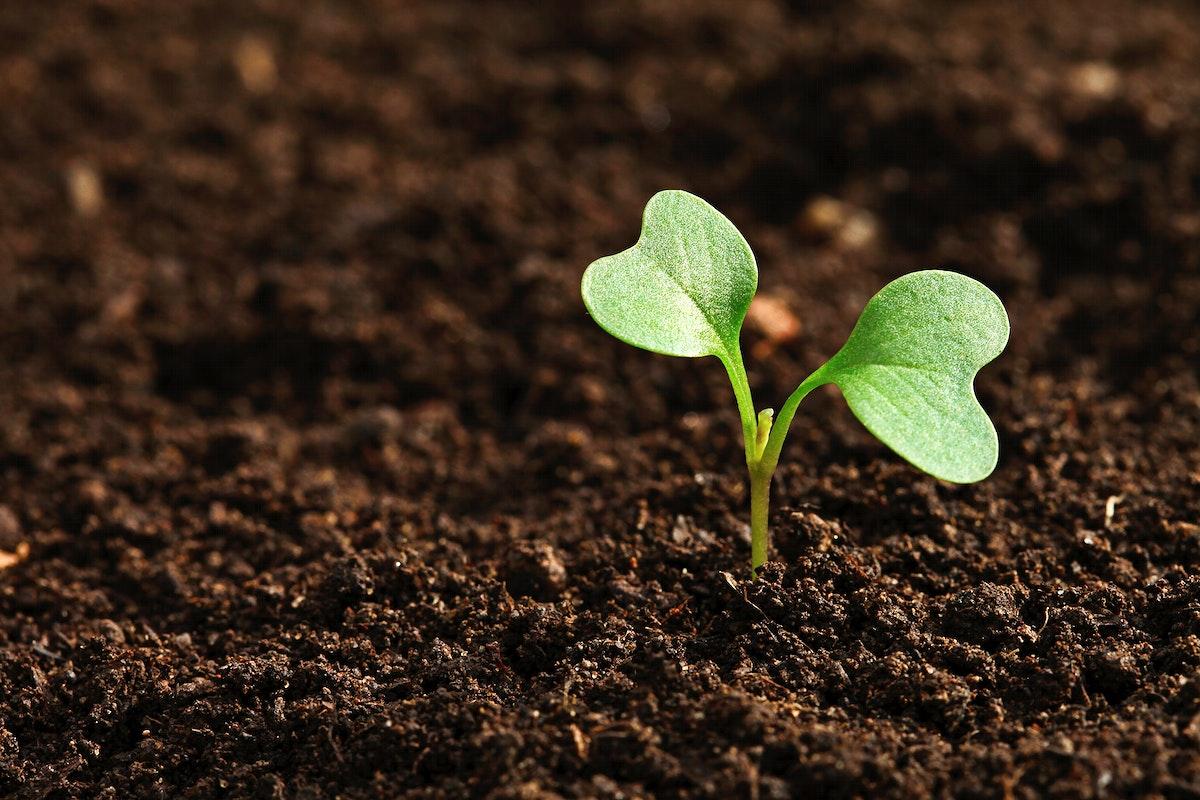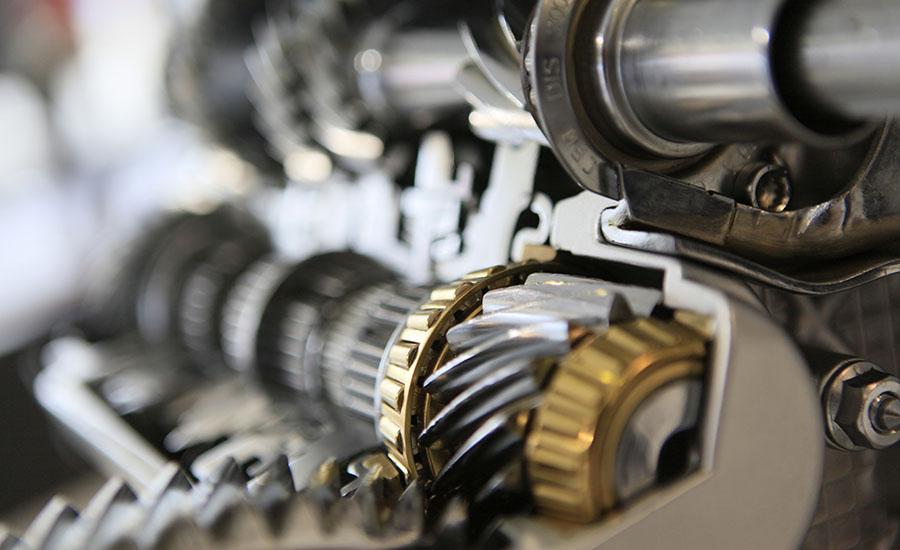
Bioreactors - Finding Solutions to CO2 and Green Energy Sources
by Melany Coates
Students are guided through the urgency to create large scale plan solutions for climate mitigation and green energy fuel sources. They will then build and design a bioreactor using algae as a potential fuel source, with the challenge of changing the reactor from the class model, for either airflow or differing the amounts of nutrients the algae would need. This challenges the students to think about what algae need to reproduce at faster rates by changing their nutrient level or the design of the bioreactor itself. There are current research examples from the University of Arizona of air flow, which would challenge the students to think about why those designs are being tested and how they would design their model.
Lesson Plan Link/URL
https://docs.google.com/presentation/d/1G8LbcnXhfuyn0RsGFBtV30qTl61DBNYp/edit?u…Subject Area
Science Life Science L1: Cells L2: Organisms & Energy Technology 1. Empowered Learner 6. Creative Communicator Engineering S1: Engineering & Global Society S2: Apply the Engineering Design Process S4: Apply Science to Engineering English Language Arts (ELA) Reading (Informational Text) Writing Speaking & Listening
Featured
Off
Related Content

Grades:
7th Grade, 8th Grade, 9th Grade, 10th Grade, 11th Grade, 12th Grade
Want to incorporate the Arts into your 7-12 STEM classroom? The Global Science Opera provides a way to do just that! Learn how to facilitate a STEAM collaboration with arts teachers to make it happen.

Grades:
10th Grade, 11th Grade, 12th Grade
This is part 2 of a two-part series. This lesson looks deeper into early electronic encryption tools and how they relate to cryptography today. The tools discussed are: Hebern Rotor Machine, Enigma

Grades:
9th Grade, 10th Grade, 11th Grade, 12th Grade
In this lesson students evaluate the advantages and disadvantages of conventional, petroleum-based plastics, bioplastics, and their different varieties. The lesson is driven by class/group research

